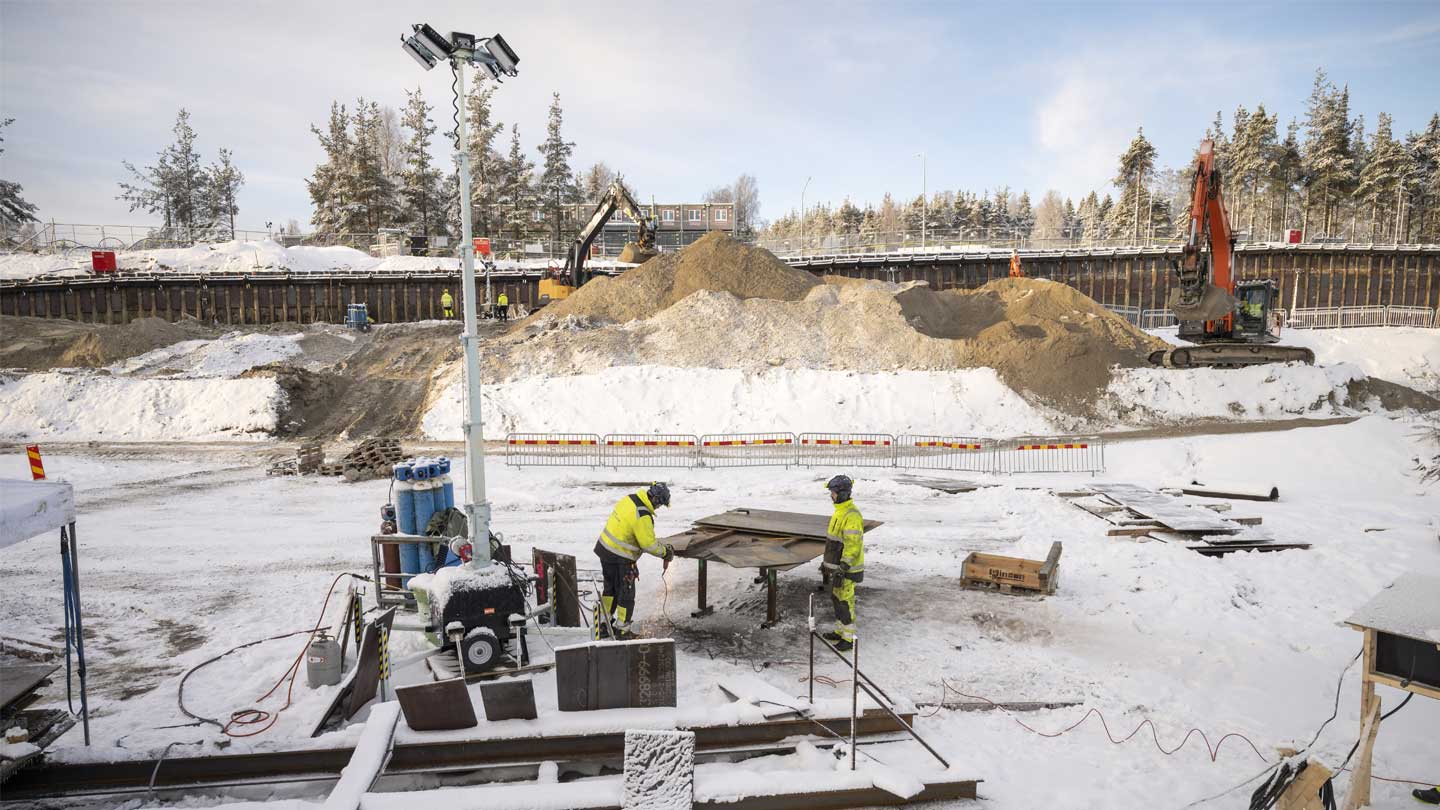We can decarbonise shipping with the right ingredients – and the right catalysts
08.12.2023
Olivia Breese, Senior Vice President, Head of Power-to-X and interim CEO of Region Europe, Ørsted
08.12.2023
Olivia Breese, Senior Vice President, Head of Power-to-X and interim CEO of Region Europe, Ørsted
E-methanol has great potential to decarbonise shipping, a sector responsible for 3 % of global greenhouse gas emissions. This is a Power-to-X-based fuel, one that is not based on fossil fuels, so using it to power a ship does not make any contribution to global greenhouse gas levels.
Power-to-X solutions like this will play an essential role in meeting global climate goals by decarbonising hard-to-electrify sectors, which together contribute 30 % of global emissions.

To produce e-methanol, you need to combine two basic ingredients: renewable hydrogen and biogenic carbon dioxide. But without a catalyst and some heat, nothing happens. Only under the right conditions will these two ingredients go through the necessary reactions to produce e-methanol.
Likewise, to produce a world where ships run on e-methanol, you need two basic ingredients: the production of e-methanol at a large scale and low price point, and fleets of vessels that can use it owned by shipping companies that will buy it. But again, without the right conditions, this won’t happen.
Despite the great potential of e-methanol to decarbonise shipping, today we’re in a deadlock. Already today 230 dual-fuel vessels are on order, which are ships which can run on either methanol or bunker fuel. And a few small-scale e-methanol production facilities are under construction. But producers can’t reach economies of scale without the certainty of offtake, and customers can’t make large offtake commitments without certainty about future price and availability.
The good news is that we’ve found one catalyst to help unlock this stalemate. As we recently announced at COP28, we’ve secured the financial backing of the EU Catalyst Partnership for the FlagshipONE project we’re building in Sweden – our first commercial-scale P2X project, and so far, Europe’s largest e-methanol production facility. The partnership includes the European Commission, Breakthrough Energy Catalyst, and the European Investment Bank.

The backing of such significant financial partners does far more than helping bring this one project to market. Our partnership sends a signal to the market: that e-methanol will be part of the low-carbon future of shipping, and that it can become commercially competitive. It is signals like that that shipping companies are looking for to give them the confidence to invest in fleets that can run on e-methanol – and to commit to offtake volume of e-methanol into the future. This, in turn, will unlock further capital for developers like Ørsted to continue scaling e-methanol production.
That’s the catalyst – what about the heat? To really drive the journey to a future where P2X can decarbonise shipping and other hard-to-electrify sectors, we need governments to turn up the temperature on incentivising and facilitating offtake.
This means mandating that companies use a certain proportion of e-fuels or other Power-to-X products by a certain date. This proportion should be ambitious, but realistic. Steps are being made in the right direction at an EU level, with the Renewable Energy Directive (REDIII), and the ReFuelEU and FuelEU regulations. But these still need to be transposed into national laws, and legislation needs to be backed up by clear penalties for non-compliance.
Governments can also plan for the infrastructure they know they’ll need to make Power-to-X an integral part of their energy systems. That includes everything from pipelines to transport renewable hydrogen, to suitable e-methanol refuelling solutions in ports. The key here is to think ahead – to build infrastructure for the world we need to be living in, not the one we live in now.
With the right catalysts – financial investment – and the application of heat – legislation and planning to drive and facilitate demand – we and our partners believe we can make that world a reality, a world where global shipping is powered by e-methanol.